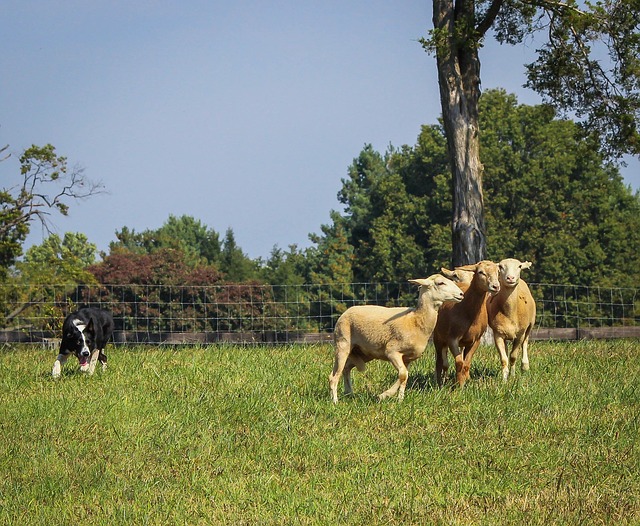When I decided to try my hand at dog showing, I knew almost nothing. I knew what the point of the dog show was – to judge breeds of dogs against the breed standard – and that was about it. They have a language all their own for sure!
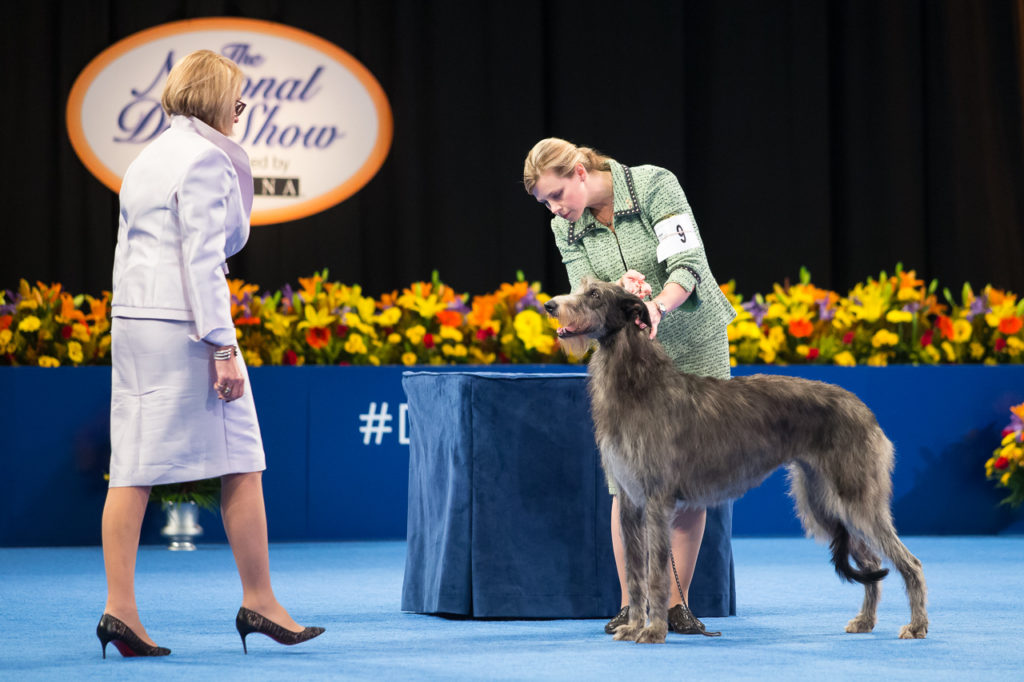
Even if you never plan on stepping into a show ring, watching dog shows can be fun because you get to see breeds you may never see just going to the neighborhood dog park. Knowing a few of the main terms can make watching even more fun because you will understand what they are saying. As we gear up for the AKC Eukanuba National Championship Dog Show in December, here is a list of the most common words you will hear the hosts use and what they mean.
Basic Terms
Dam – The mother of a litter of puppies.
Dog – Yes, we know you know what a dog is. BUT, in the dog show world, a “Dog” is an intact male canine.
Bitch – An intact female canine.
Breed standard – A written standard for each breed that describes the functional, temperamental and physical attributes that dog’s of that breed should possess. These are the “traits” breeders should be breeding for and what dogs are judged on at a dog show. The standards are agreed upon by the national organization the breed belongs to, like the American Kennel Club (AKC).
Breed Type – The sum of a dog’s characteristics that distinguishes it as a particular breed. Often, people will say a dog is “typey.” Or a particular trait is – such as “that dog has a ‘typey’ face,” meaning it matches the breed’s standards.
Breeder – The owner of the dam when she was bred – this person will be listed as “breeder” on the puppies papers from the resulting litter.
Breeder-Owner-Handler – As the name implies, this is someone who not only bred the dog, but also owns and handles the dog in the ring.
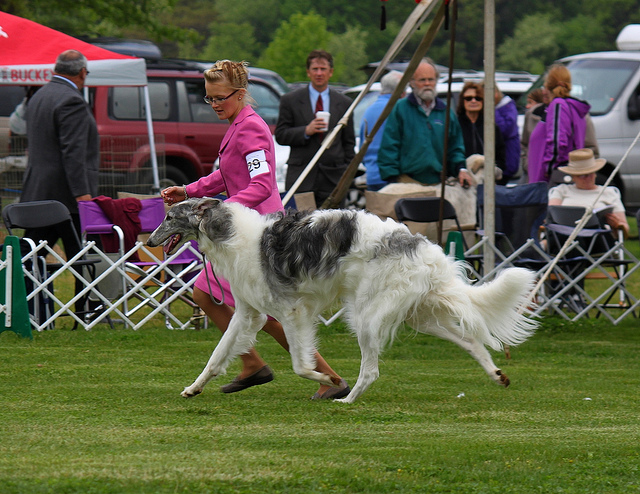
Conformation – The structure and physical traits for the dog. (Dog shows are also referred to as “conformation shows” by some)
Gait – The action/movement of the dog. Gait is judged when the dogs are running around the ring and helps to show proper (or improper!) structure and conformation.
Handler – The person who shows the dog in the ring. Professional handlers are paid to show dogs; excellent handlers can mean the difference between a win and a loss and are well-paid.
Stack – The position a dog stands in while being shown. For most breeds, the stack involves squaring the dog so all four paws are aligned – their forelegs with their withers (shoulders) and their rear legs at a 90 degree angle from the floor. German Shepherd Dogs are one of the exceptions, they stack with this back legs split.
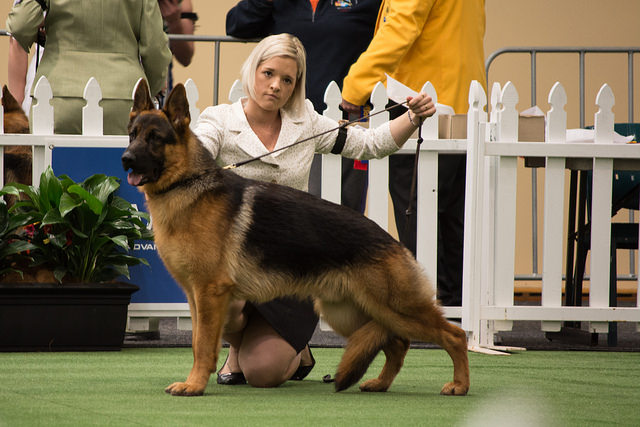
Main Placements
The dog show placements can be quite confusing. In order to enjoy a televised show, you really just need to know the following:
Best of Breed – The dog was chosen as being the best representative of his breed (won first place).
Best In Group – The dog that won Best of Breed, goes on to compete with all other breeds in his group (see below). The dog that wins “Best in Group” is the dog that best represents his breed compared to all the other dogs in the same group.
Best In Show – After winning Best In Group, these dogs go on to compete for Best In Show. The dog that wins is the dog that the judge feels best represents his own breed at that show.
The Seven Groups
Here are the group descriptions as given by The Westminster Kennel Club:
SPORTING: These are gun dogs that were developed to assist the hunter, and generally have high energy and stable temperaments. Pointers and Setters point and mark the game, Spaniels flush the bird, Retrievers recover the game from land or water.
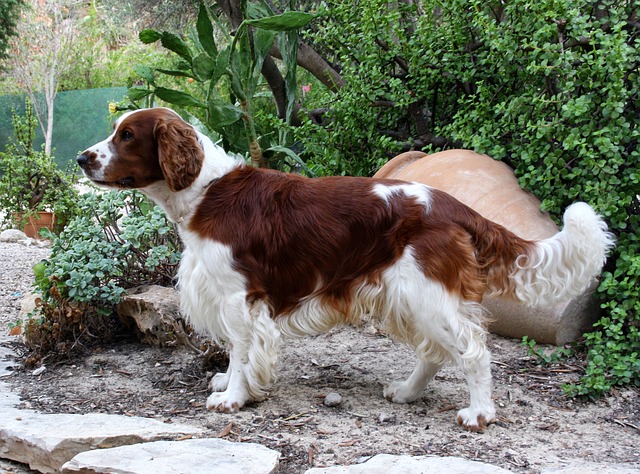
HOUND: Hounds were originally classified as Sporting dogs, but were assigned their own group in 1930. These dogs are hunters that bring down the game themselves, or hold it at bay until the hunter arrives, or locate the game by tracking it by scent. Sighthounds hunt by sight, Scenthounds by tracking with their superior olfactory senses.
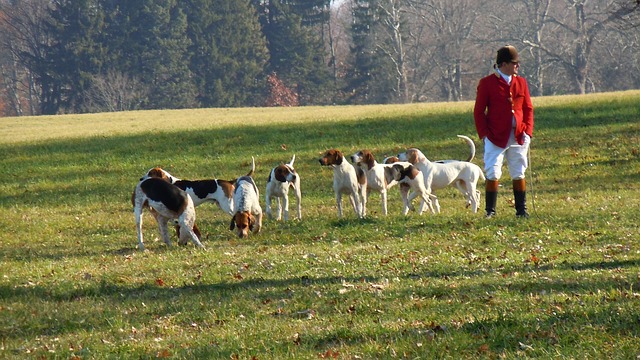
WORKING: These dogs are generally intelligent and powerfully built, performing a variety of tasks, including guarding homes and livestock, serving as draft animals, and as police, military and service dogs.
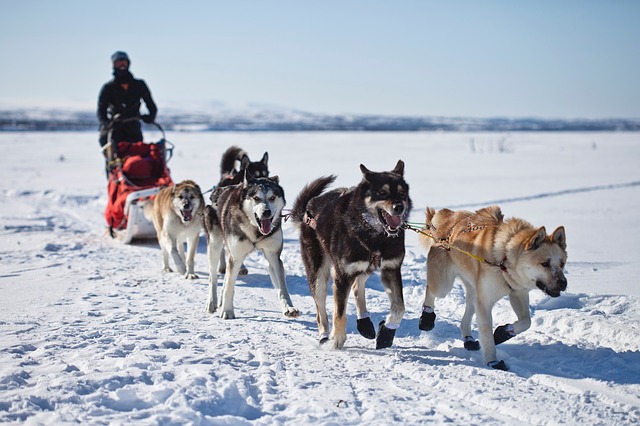
TERRIER: “Terrier” comes from the Latin word, terra (ground) as these determined and courageous dogs must be small enough and agile enough to “go to ground” to pursue their quarry (rats, foxes, and other vermin). All but the Australian Terrier and the Miniature Schnauzer were developed in the United Kingdom.
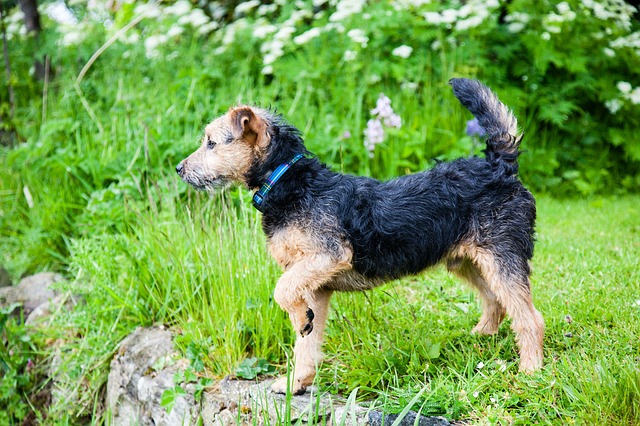
TOY: Toy dogs were bred to be companions for people. They are full of life and spirit and often resemble their larger cousins (e.g., Pomeranian as a Nordic breed, the Papillon a little Spaniel, and the Toy Poodle the smallest variety of the Poodle).
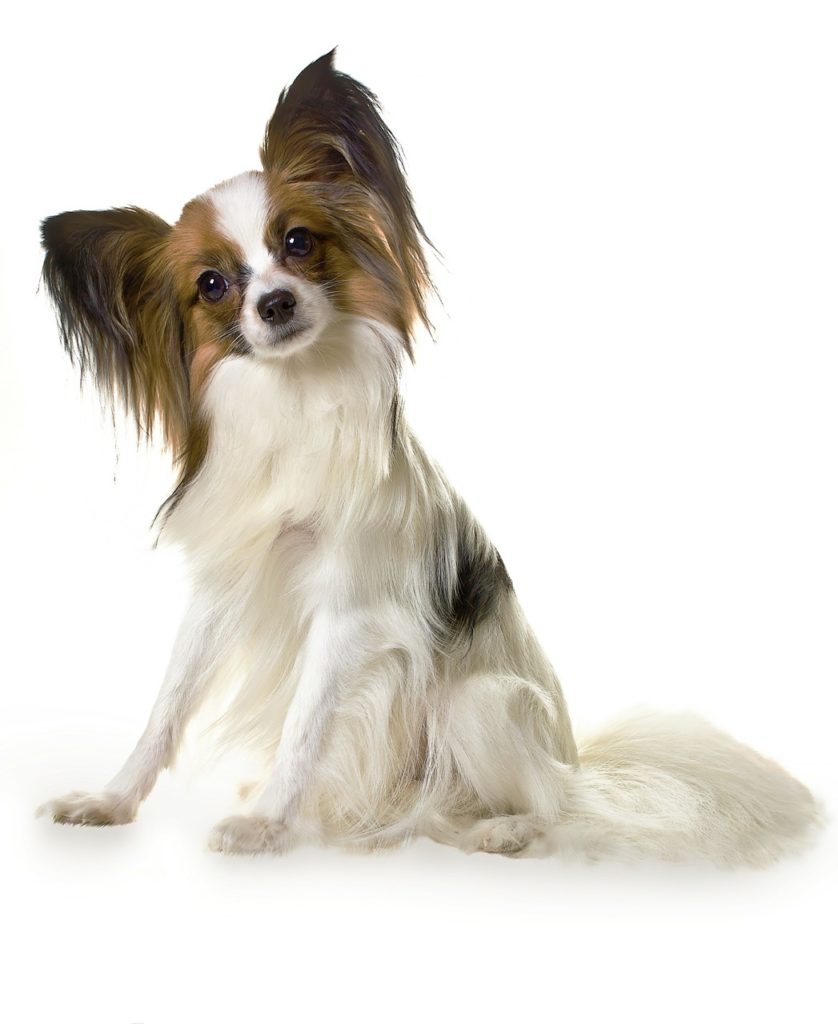
NON-SPORTING: The AKC originally registered dogs as either Sporting or Non-Sporting. Hounds and Terriers split off the Sporting Group, Toys and Working from the Non-Sporting, and later, Herding from the Working Group. The remaining dogs, with a great diversity of traits not fitting any of the above, comprise the Non-Sporting Group.
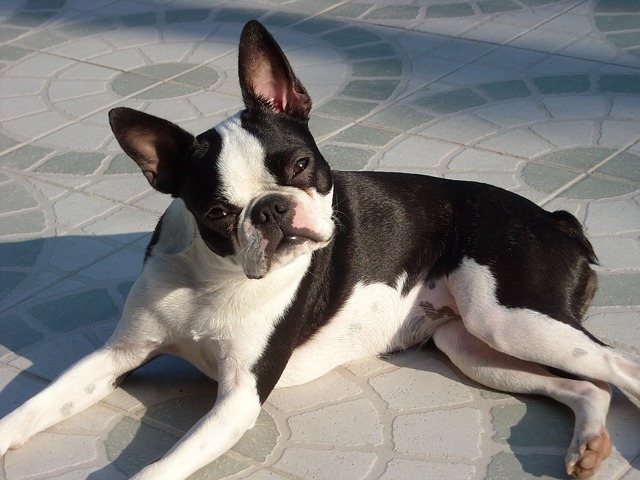
HERDING: This group split off from the Working Group in 1983. Herding is a natural instinct in dogs, and their purpose is to serve ranchers and farmers by moving livestock from one place to another.
